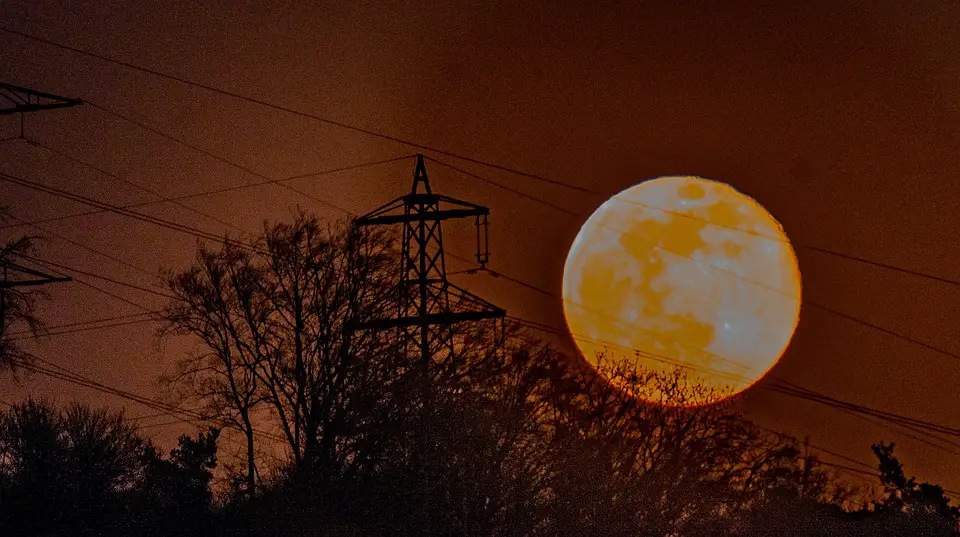People all over the world have had their imaginations sparked by supermoons as a result of their spectacular look and the celestial beauty that they display. Fred Espanak, a well-known astronomer, has predicted that in the year 2023, there would be four supermoons visible in the night sky for people to marvel at. Due to the infrequency with which they occur and the breathtaking spectacles they present, these astronomical occurrences are eagerly anticipated. This article will look into the reasons for supermoons, their astrological roots, and important events that have occurred throughout the course of human history.
To Have a Better Understanding of the Phenomenon
Because of the gravitational pull of other celestial bodies and the pull of tidal forces, the moon’s orbit around the Earth is not a perfectly circular path like a perfect circle. Because of this, the moon’s distance from Earth shifts throughout the course of its orbit. When the moon is in its full phase and at its closest approach to Earth, a phenomenon known as a “supermoon” can be observed. These occurrences do not take place very frequently; in fact, they only take place a few times per year.
The Extraordinary Presentation
When compared to a typical full moon, the lunar disk during a supermoon can appear up to 30 percent brighter and 14 percent larger than it does during a typical full moon. However, if you only use your naked sight, it can be difficult to distinguish between these variations. It’s possible that the moon illusion, a remarkable optical phenomena, is to blame for our brains giving us the impression that the supermoon is bigger than it actually is. This deception is caused by the complex mechanisms that are active within the human brain.
Popularity can be traced back to its astrological roots
The phrase “supermoon” first appeared in astrology, but it was not widely known until Richard Nolle’s essay for Dell Horoscope magazine in 1979, in which the term was first used. In recent years, the concept has received a greater amount of attention, in particular in North America and Southeast Asia. According to astronomer Dean Regas, the phrase “supermoon” works as an effective outreach term for the field of astronomy. This is despite the fact that some astronomical terms, such as “supermoon” and “black moon,” may raise suspicion among the public regarding their significance.
The following are notable supermoons
One of the most extraordinary stretches of time for supermoons happened at the end of 2016, when skywatchers were treated to a string of three supermoons in quick succession. Among these, the supermoon that occurred on November 14 was the closest it has been to Earth in the past 69 years. This caused a lot of excitement among astronomers and regular people alike. If we look to the future, we can anticipate another amazing event that will take place in November 2034, when the moon will approach the Earth from a distance that is even closer than it was in 2016.
The next supermoon will be the Sturgeon Full Moon on Aug. 1 at 2:32 p.m. ET (18:32 GMT.)
Conclusion
Both seasoned astronomers and casual skywatchers are mesmerized by the stunning spectacle that is a supermoon. The year 2023 will have an unprecedented number of lunar displays due to the presence of four supermoons throughout the course of the year. Let us, as we look up into the night sky and take in these wondrous sights in the cosmos, take a moment to appreciate the wondrous things that our universe is and the mysteries that it continues to reveal.
![]()
